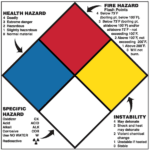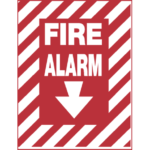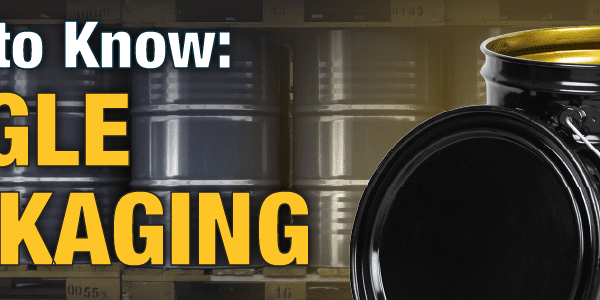
Monthly Visual Fire Extinguisher Inspection for Hazardous Material Storage Facilities: A Guide Based on NFPA Standards
Safety within hazardous material storage facilities is of paramount importance to prevent potential disasters and protect lives, property, and the environment. Fire safety is a critical aspect of this, and regular fire extinguisher inspections are a key component. The National Fire Protection Association (NFPA) offers guidelines to ensure that fire extinguishers are always ready and functional. In this article, we will discuss the importance of monthly visual fire extinguisher inspections and the preferred locations for fire extinguishers in hazardous material storage facilities, following NFPA standards.
Why Monthly Visual Inspections?
Monthly visual inspections of fire extinguishers are crucial to maintain their operational readiness. These inspections are a proactive measure to ensure that the fire extinguishers are easily accessible, in good working condition, and ready to be used in case of a fire emergency. Early detection of any issues or malfunctions allows for prompt maintenance, ensuring the fire extinguishers will perform effectively when needed.
Components of a Monthly Visual Inspection:
Performing a monthly visual inspection involves assessing various components of the fire extinguisher:
Location and Accessibility:
- Ensure the fire extinguisher is located in its designated place, clearly visible, and easily accessible.
Pressure Gauge:
- Check the pressure gauge to ensure it’s in the operable range. The needle should be in the green zone.
Seals and Tamper Indicator:
- Verify that the seals and tamper indicators are intact, ensuring the extinguisher hasn’t been tampered with or used.
Physical Condition:
- Inspect the overall physical condition of the extinguisher, looking for signs of damage, corrosion, or leakage.
Operating Instructions:
- Confirm that the operating instructions and user manual are present and readable.
Hose and Nozzle:
- Check the hose and nozzle for any blockages, cracks, or damage.
Pull Pin and Locking Mechanism:
- Ensure the pull pin is in place and the locking mechanism is secure.
Extinguishing Agent:
- Verify that the extinguishing agent is visible through the gauge glass.
Preferred Locations for Fire Extinguishers:
In hazardous material storage facilities, the strategic placement of fire extinguishers is vital to ensure immediate access in case of a fire. NFPA recommends the following preferred locations:
Near Exits and High-Traffic Areas:
- Install fire extinguishers near exits and areas with high foot traffic for easy and quick access during emergencies.
Adjacent to Hazardous Material Storage Areas:
- Place fire extinguishers close to hazardous material storage areas to facilitate rapid response and containment in case of a fire involving these materials.
Clearly Marked and Visible:
- Ensure fire extinguishers are clearly marked with appropriate signage and are highly visible, even from a distance.
Every 75 Feet (22.86 Meters) or Less:
- Ensure that no one has to travel more than 75 feet to reach a fire extinguisher.
Conclusion: Prioritizing Safety through Regular Inspections
Regular monthly visual inspections, as recommended by NFPA, play a vital role in maintaining the functionality of fire extinguishers. Additionally, placing fire extinguishers strategically in hazardous material storage facilities can significantly enhance the safety measures in place. By adhering to NFPA standards and conducting routine checks, we can create a safer environment within these facilities, minimizing the risk of fire-related accidents and protecting both people and valuable assets.
ICC Compliance Center has a team of full-time Regulatory Experts who have years of experience and are certified/recognized in their field of expertise. Ask us your tough questions by calling 888.442.9628 (USA) or 888.977.4834 (Canada) or send us an email.
Stay up to date and sign up for our newsletter!
We have all the products, services and training you need to ensure your staff is properly trained and informed.
 NFPA Hazard Alert Label NFPA Hazard Alert Label |
 Fire Alarm Sign Fire Alarm Sign |







 ICC USA
ICC USA ICC Canada
ICC Canada